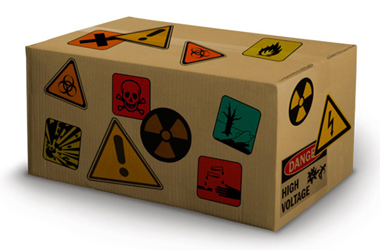About Hazpak

Hazpak was first established in 1991 by John Donkers.
John saw a gap in the market for transporting dangerous goods by air in approved and off the shelf packaging. He also noticed that customers needed advice and assistance in better understanding the IATA Dangerous Goods Regulations. Ultimately it is the customer who is responsible for the packaging of their dangerous goods in compliance with IATA Regulations.
Hazpak provides advice to customers on how to transport products in packaging that’s suitable and performance tested and approved for transporting. We take all necessary steps to assist the shipper in making the right choice by providing approved packaging.
HAZPAK not only supplies a wide range of approved packaging, we have an onsite chemical engineer and a packaging engineer to assist in handling any special problems that may arise.
All Hazpak’s packaging systems have been fully developed, tested, certified, registered and approved by the Competent Authority to the requirements of the Australian Code for the Transport of Dangerous Goods by Road and Rail (ADG Code) and to the requirements of IATA Dangerous Goods Regulations.
Hazpak’s standard combination packaging systems have been designed to be as flexible as possible. They meet the conditions of a wide range of hazardous products, both liquid and solid.
Our most commonly used packaging systems out of all our transport packaging is the outer packaging, which has been designed to the smallest external dimensions possible and still allows conformance with package marking and labelling requirements.
Hazpak also supplies inner packaging that is separately tested and certified. Inner packaging is commonly used for road freight and for single packages where the relevant IATA packing instruction for the product allows it to be transported in single packaging. Where the IATA packing instruction requires that product be transported in a combination package, we also supply the full combination packaging system.
Hazpak will only supply packaging components when the inner packaging used by the shipper has been tested and approved as a design type for use with the Hazpak outer box. We require evidence from the customer that the inner package is compliant.
